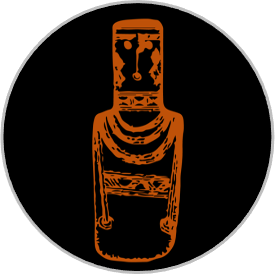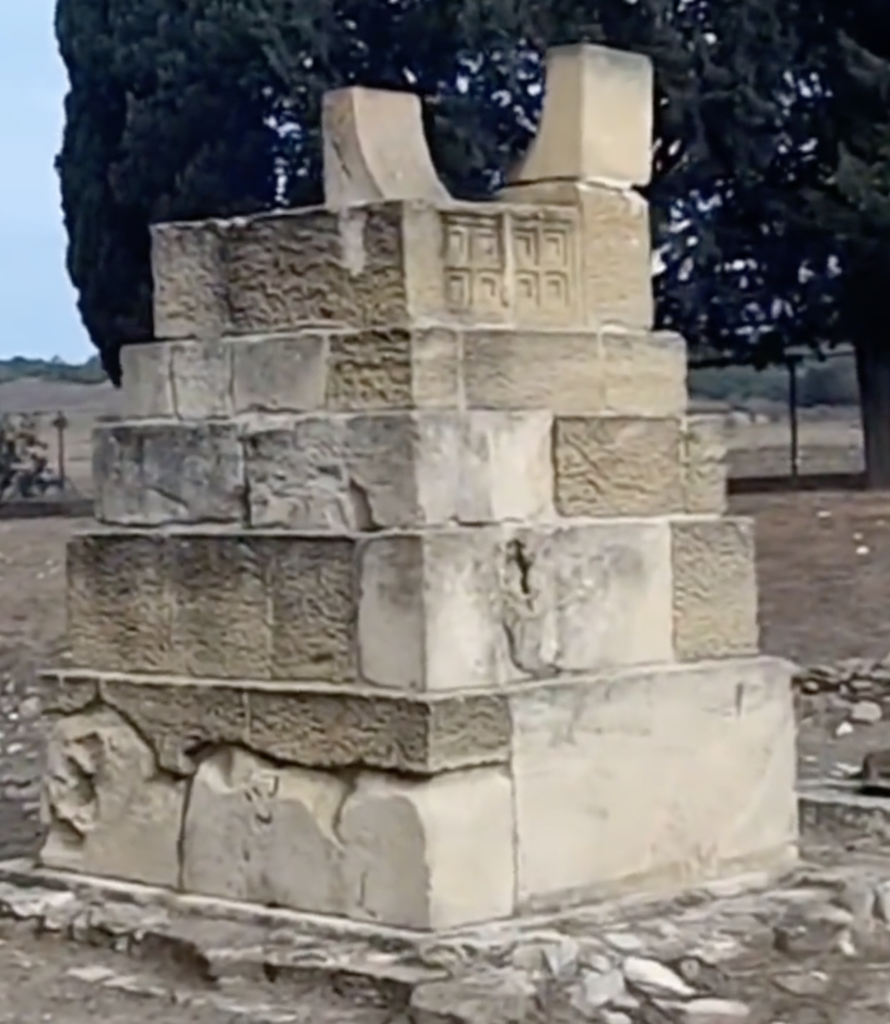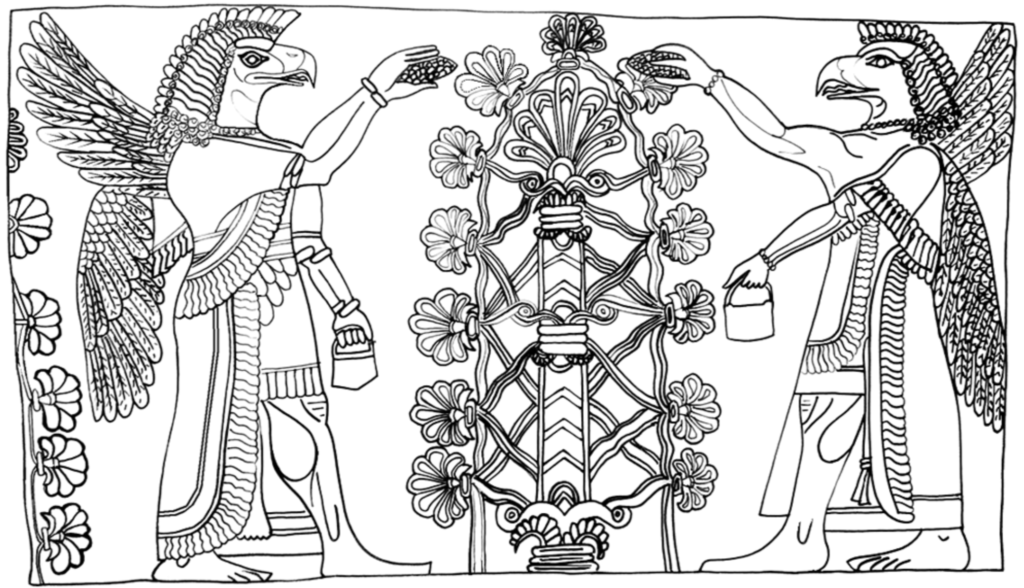
By the way you will be seeing this little idol dude at the base of every page.
He’s essentially a computer aided design sketch of a Bronze Age Cypriot figurine, originally sculpted from clay. We know very little exact details about the Bronze Age Cypriots (known as the ‘Alashiyans’ by the Egyptians), as their written syllabic languages of Eteocypriot and Cypro-Minoan have proven difficult to decipher. He, and the rest of his village featured on the home page, will be our mascots for this website. These idols will also act as visual aids to depict computer ‘agents’ in my agent-based models to keep the humanity in the 1s and 0s.

My particular use of these idols in my network models is not entirely inaccurate, as the Alashiyans formed extensive trade networks with ancient Mesopotamia, Ugarit, Egypt, Crete, and much more. The Bronze Age Near East and Mediterranean was essentially the first G8. The Alashiyans were highly valued for their extensive copper resources, whilst receiving cultural innovations from other civilisations in return, especially religious beliefs and architectural designs from the Minoans or ‘Keftiu’1.
Evidence for Networked Transmission of the ‘Horns of Consecration’, a Symbol of Prestige:

This is a horned alter from a site near the village of Myrtou, Kyrenia, Cyprus. Bovine worship is found extensively throughout the ancient Mediterranean world, with horned alters for bull sacrifice appearing prominently in Minoan sites at Knossos, Crete, and at several sites across Turkey, like Çatalhöyük. Given extensive trade, it is has been hypothesised that these symbols diffused between civilisations due to prestige-biased cultural transmission2. In the case of the copper-rich Alashiyans, it is thought that both Minoan bull motifs and Linear A language scripts were appropriated during the thirteenth century B.C. to maintain the prestige and religious exclusivity of metallurgical guild technologies and sacred knowledge2.
Other prominent religious symbols transmitted across these extensive trade networks include the tree of life symbols acquired from the Assyrians, which continued to be used throughout the Late Bronze Age and into the Iron Age at hill top sacred sanctuaries in Cyprus:
Sadly, my family are war refugees from a Cypriot village not far from where these idols were originally found. So this is my tribute to them and to my own ancestry. Hopefully one day we will restore peace to our divided island and live as one reunified people; not as Greek-Cypriots, or Turkish-Cypriots, but as a free Cypriot people once again.
For more details on Bronze Age Alashiya and her cultural relations with the rest of the Near East, please see this excellent video below:
–
1 Hitchcock, L. (1999). “Cult(ural) Continuity and Regional Diversity: The Encoding of Aegean Form and Function in Late Bronze Age Cypriote Architecture,”. Journal of Prehistoric Religion, 13, 11–21.
2 Hitchcock, L. (2002). “Levantine Horned Altars: An Aegean Perspective on the Transformation of Socio-Religious Reproduction,”. in P.M. McNutt and D.M. Gunn (eds) ‘Imagining’ Biblical Worlds: Spatial, Social, and Historical Constructs. Essays in Honor of James W. Flanagan. Sheffield: Sheffield Academic Press (2002) Pp. 223-239
3 Lightbody, David Ian (2013) The hybridising tree of life: a postcolonial archaeology of the Cypriot Iron Age city kingdoms. PhD thesis, University of Glasgow.
4 Podany, A. H. (2010).Brotherhood of Kings: How International Relations Shaped the Ancient Near East. Oxford University Press.



